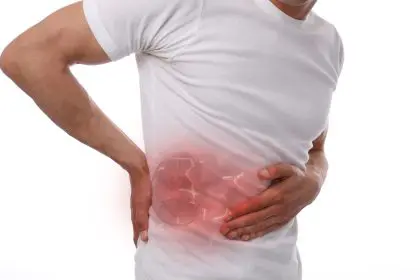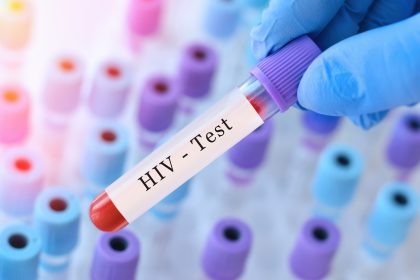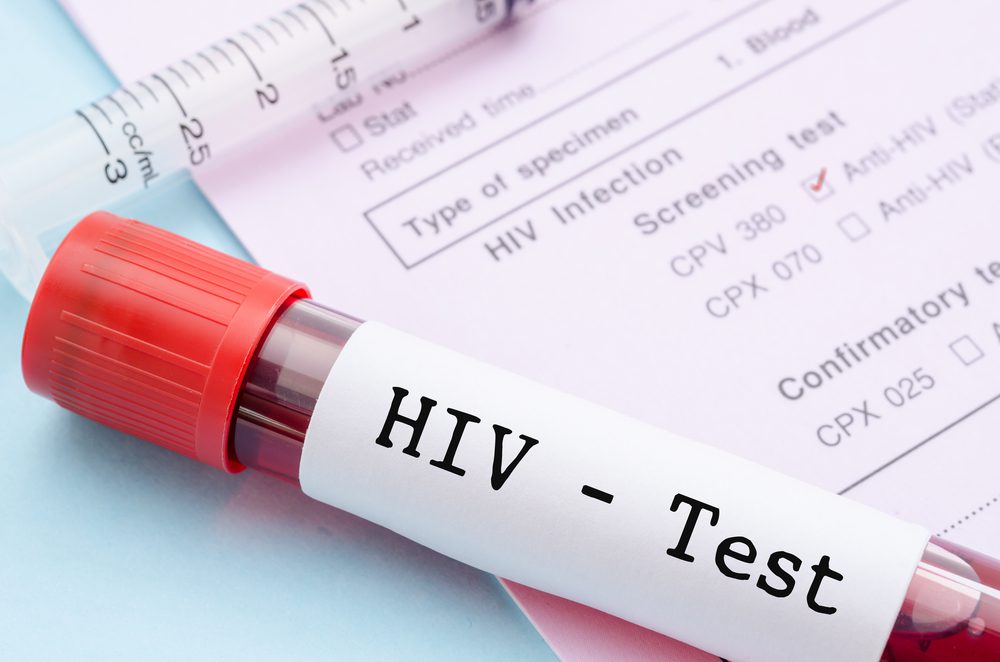You’ve probably been told that having osteoporosis means walking around with bones as fragile as eggshells, constantly at risk of fracturing from the slightest bump or fall. The entire medical establishment has built elaborate prediction systems based on bone density scans, age, and risk factors to determine who’s going to end up with broken bones. Doctors confidently point to your test results and warn you about your fracture risk based on decades of established medical wisdom.
But here’s something that’s been quietly driving bone researchers absolutely crazy for years. Some groups of people who should have the highest fracture rates according to every established medical guideline actually have surprisingly low rates of broken bones. These people are walking around with bone density scans that should predict disaster, yet they’re not breaking bones at anywhere near the rates that medical science says they should.
This mind-bending contradiction has earned the name “osteoporosis paradox,” and it’s forcing scientists to throw out everything they thought they knew about bone health and fracture risk. The implications go far beyond academic curiosity – this mystery is revealing that bone health is infinitely more complex than anyone realized and could completely revolutionize how we prevent fractures and treat osteoporosis.
Some people have bulletproof bones despite terrible test results
The most documented and striking example of this medical mystery involves African American women, who typically show lower bone density measurements than white women but have significantly lower fracture rates across the board. According to every traditional osteoporosis risk calculator that doctors use, African American women should be breaking bones left and right, but the exact opposite happens in real life.
This pattern holds true even when researchers control for every factor they can think of – weight, activity levels, income, education, access to healthcare, and lifestyle choices. African American women consistently break fewer bones than medical science predicts they should based on their bone density measurements and other supposedly reliable risk factors. It’s like their bones are made of some superior material that doesn’t show up on standard tests.
Similar mind-boggling patterns show up in other populations too. Some Hispanic and Asian groups also demonstrate these mysterious relationships between bone density and actual fracture risk that completely defy the predictions made by standard osteoporosis assessment tools that doctors rely on every single day.
Bone quality trumps bone quantity in ways nobody understood
The osteoporosis paradox is revealing that bone density, which forms the foundation of most osteoporosis testing and treatment decisions, only tells part of the story about bone strength. Bone quality – including factors like internal architecture, mineral composition, and the microscopic structure of bone tissue – appears to be just as important as density for determining whether bones will actually break when stressed.
Some people have bones that measure as less dense on scans but are structurally superior in ways that make them dramatically more resistant to fractures. The internal scaffolding of their bones might be organized in patterns that better distribute mechanical stress and resist breaking, even though the overall amount of bone mineral shows up as lower on density tests.
Bone quality is much more difficult and expensive to measure than bone density, which explains why standard osteoporosis screening focuses mainly on the easier density measurements. But advanced imaging techniques and detailed bone tissue studies are revealing significant differences in bone quality between different populations that finally help explain this baffling medical paradox.
Genetics create invisible advantages that tests can’t detect
Your genetic code plays a massive role in determining not just your bone density but also your bone quality and fracture resistance in ways that standard medical tests completely miss. Some genetic variations affect how bones get constructed at the microscopic level, influencing crucial factors like collagen structure, mineral crystallization patterns, and the organization of bone-building cells.
People with certain genetic backgrounds inherit bone structures that are naturally more resistant to fractures, even when their bone density measurements fall into ranges that doctors typically consider high-risk. These genetic advantages in bone quality can more than compensate for what appears to be problematic bone density on standard tests.
The genetic factors influencing bone quality involve incredibly complex interactions between multiple genes working together rather than simple single-gene effects. Unlike rare genetic disorders that affect individual genes, the genetic contributions to superior bone strength involve subtle variations in dozens of different genes that each contribute small but cumulative effects to overall bone resilience.
Body composition creates unexpected protection patterns
Traditional medical thinking assumes that higher body weight protects against fractures by providing more mechanical stress to stimulate bone formation and more natural padding to cushion falls. However, the relationship between weight and fracture risk turns out to be far more complicated than this simplistic model suggests.
Some populations maintain incredibly strong bones at lower body weights that should theoretically put them at higher fracture risk, while others develop fractures despite being heavier according to traditional protective weight ranges. The distribution of muscle versus fat, bone geometry relative to overall body size, and how mechanical forces get transmitted through different body types all influence fracture risk in ways that simple weight measurements completely fail to capture.
People with different genetic backgrounds appear to have fundamentally different relationships between body composition and bone strength, which contributes significantly to the unexpected fracture patterns that define the osteoporosis paradox and confuse doctors who rely on standard risk assessment tools.
Traditional dietary wisdom fails across populations
Standard dietary recommendations for bone health are based almost exclusively on studies of white populations, but the same nutritional factors might have completely different effects on bone health in people with different genetic backgrounds. Some populations might be dramatically more efficient at absorbing and utilizing calcium from their diets, while others might need vastly different amounts of vitamin D or other bone-related nutrients to maintain optimal bone strength.
Traditional dietary patterns that evolved in different populations over thousands of years might provide bone-protective benefits that conventional nutrition science doesn’t recognize or understand. Foods and eating patterns that get dismissed as inadequate for bone health by Western nutritional standards might actually be perfectly optimized for certain genetic backgrounds that have adapted to those dietary patterns over countless generations.
Physical activity recommendations face similar problems. Some populations might maintain superior bone strength with completely different types or amounts of physical activity than what typically gets recommended for osteoporosis prevention, suggesting that exercise prescriptions need to be tailored to genetic and cultural backgrounds rather than applied universally.
Hormones work differently than anyone expected
Sex hormones like estrogen and testosterone have profound impacts on bone health throughout life, but the normal ranges and patterns of these hormones vary significantly between different ethnic groups in ways that affect bone health predictions. What doctors consider normal hormone levels for maintaining bone health in one population might be completely inappropriate for another population with different genetic backgrounds.
Some populations maintain excellent bone health with hormone levels that would be considered dangerously deficient according to standards developed from studies of other populations. Alternatively, some groups might be more sensitive to hormonal influences on bone health and require different hormone levels for optimal bone strength than what standard medical guidelines suggest.
The timing of major hormonal changes throughout life, such as when menopause occurs and how rapidly hormone levels decline afterward, also varies dramatically between populations and contributes to different patterns of bone loss and fracture risk that don’t match standard medical predictions.
Current screening tools miss the mark for millions
The osteoporosis paradox exposes massive limitations in current bone health screening and fracture risk assessment tools that doctors use to make treatment decisions every day. Most of these tools were developed and validated primarily using data from white postmenopausal women, and they fail to accurately predict fracture risk in many other populations.
This means countless people are being unnecessarily treated for osteoporosis based on bone density measurements that don’t accurately reflect their actual fracture risk, while others who might genuinely benefit from treatment aren’t being identified because their risk factors don’t fit the traditional patterns that medical guidelines recognize.
Developing more accurate and inclusive fracture risk assessment tools requires understanding the full spectrum of factors that influence bone health across all populations, including genetic, environmental, and lifestyle factors that current medical approaches completely ignore.
The future demands personalized bone medicine
As understanding of the osteoporosis paradox continues evolving rapidly, bone health assessment will need to become much more personalized and comprehensive than current one-size-fits-all approaches. Instead of relying primarily on simple bone density measurements and basic risk factors, future medical approaches will need to incorporate genetic information, detailed bone quality assessment, and population-specific risk factors.
This revolutionary approach could lead to dramatically more accurate identification of people who are genuinely at high risk for fractures while avoiding unnecessary treatment for those whose bones are actually stronger than their density measurements suggest. It could also enable much more targeted and effective interventions that work with individual genetic and environmental factors rather than applying universal treatment protocols that may be inappropriate for many patients.
The osteoporosis paradox isn’t just an interesting medical curiosity – it’s a wake-up call that bone health science needs a complete overhaul to serve the diverse populations that make up our modern world.













